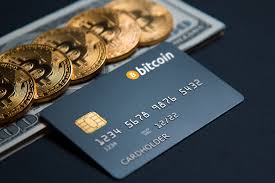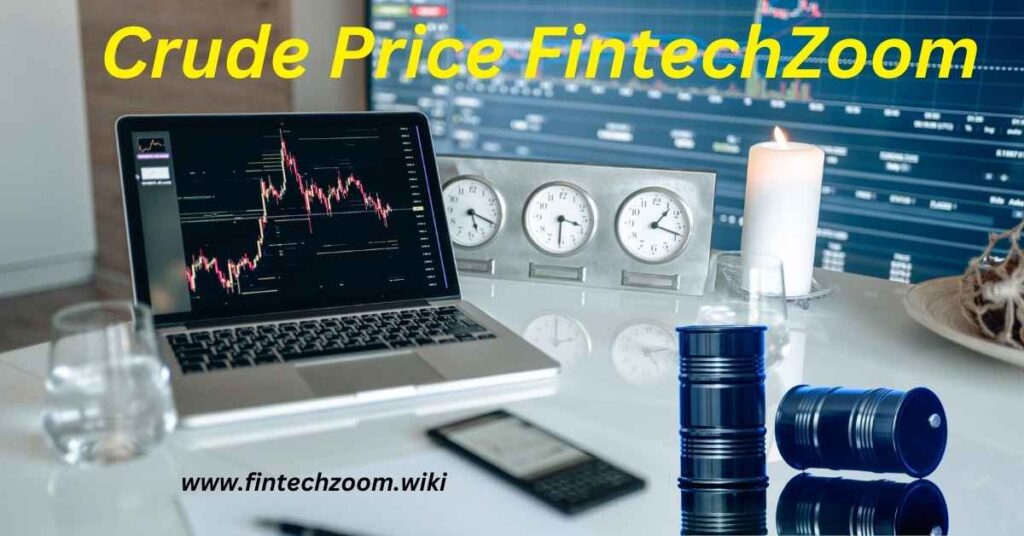Buying cryptocurrency with a credit card in Europe has become easy and accessible, thanks to exchanges that allow direct card purchases. This option provides a fast way to acquire crypto for new and seasoned investors alike. Here’s a step-by-step guide on how to buy cryptocurrency using a credit card in Europe, along with some tips on fees, security, and platform selection.
1. Choose a Trusted Crypto Exchange
To buy cryptocurrency with a credit card in Europe, you’ll first need to select a reputable exchange that supports this payment method. Many popular exchanges, like Trustee Plus, Coinbase, Kraken, and allow credit card purchases.
- Trustee Plus: More than just a crypto wallet. Its digital money platform, Trustee Plus supports credit card purchases for a range of cryptocurrencies.
- Coinbase: Known for user-friendliness, Coinbase allows instant credit card purchases of popular cryptocurrencies like Bitcoin and Ethereum.
- Kraken: Offers credit card options with a focus on security and lower fees.
2. Register and Complete Verification (KYC)
To comply with European Union regulations, exchanges require user verification through KYC (Know Your Customer). You’ll need to create an account and upload identification documents, such as a passport or national ID, as well as proof of residence.
3. Link Your Credit Card
Once verified, navigate to the payment section of your chosen exchange and link your credit card. Most exchanges accept Visa and Mastercard for crypto purchases, but it’s a good idea to check beforehand, as not all cards are compatible.
- Security Tip: To secure your credit card information, always use exchanges with two-factor authentication (2FA) and a solid security reputation.
4. Select the Cryptocurrency and Amount
After linking your card, choose the cryptocurrency you’d like to purchase—Bitcoin (BTC), Ethereum (ETH), and Tether (USDT) are popular options. Enter the amount you wish to buy, either in euros or the desired cryptocurrency amount.
- Most exchanges provide a preview of the fees involved, so you can decide whether to proceed with the transaction.
5. Complete the Purchase
Review the transaction details, including exchange rates and fees, and confirm the purchase. Your newly acquired cryptocurrency will appear in your exchange wallet once the transaction is complete—usually within minutes.
Fees and Considerations
- Credit Card Fees: Buying crypto with a credit card typically incurs higher fees than bank transfers. Fees can range from 2-5%, so check the exchange’s fee structure in advance.
- Exchange Rates: Exchange rates may vary slightly between platforms, so compare rates to get the best value.
- Credit Card Provider Fees: Some banks treat crypto purchases as cash advances, which can result in additional charges or higher interest rates. It’s best to consult your card issuer beforehand.
Best Practices and Tips
- Set Purchase Limits: Start with smaller purchases if you’re new to crypto. Many platforms allow you to set daily or weekly limits to help manage spending.
- Enable Wallet Security: For extra safety, transfer your crypto from the exchange wallet to a personal wallet, such as a hardware wallet, if you plan to hold it long-term.
- Monitor Exchange Fees: Fees may fluctuate based on market demand, so keep an eye on fee structures before making a large purchase.
Alternatives to Credit Card Purchases
If credit card fees seem high, consider using alternative payment options, such as SEPA bank transfers, which tend to have lower fees on exchanges operating within Europe. You can also explore peer-to-peer (P2P) platforms, which may offer more payment options but require caution when dealing with individual sellers.
Conclusion
Buying cryptocurrency with a credit card in Europe is a fast and efficient way to enter the crypto market, ideal for those who need quick access to digital assets. By choosing a reputable exchange, being mindful of fees, and following security practices, you can easily purchase crypto with confidence. Remember, however, to review your card issuer’s policies and prioritize secure storage options to protect your assets.










